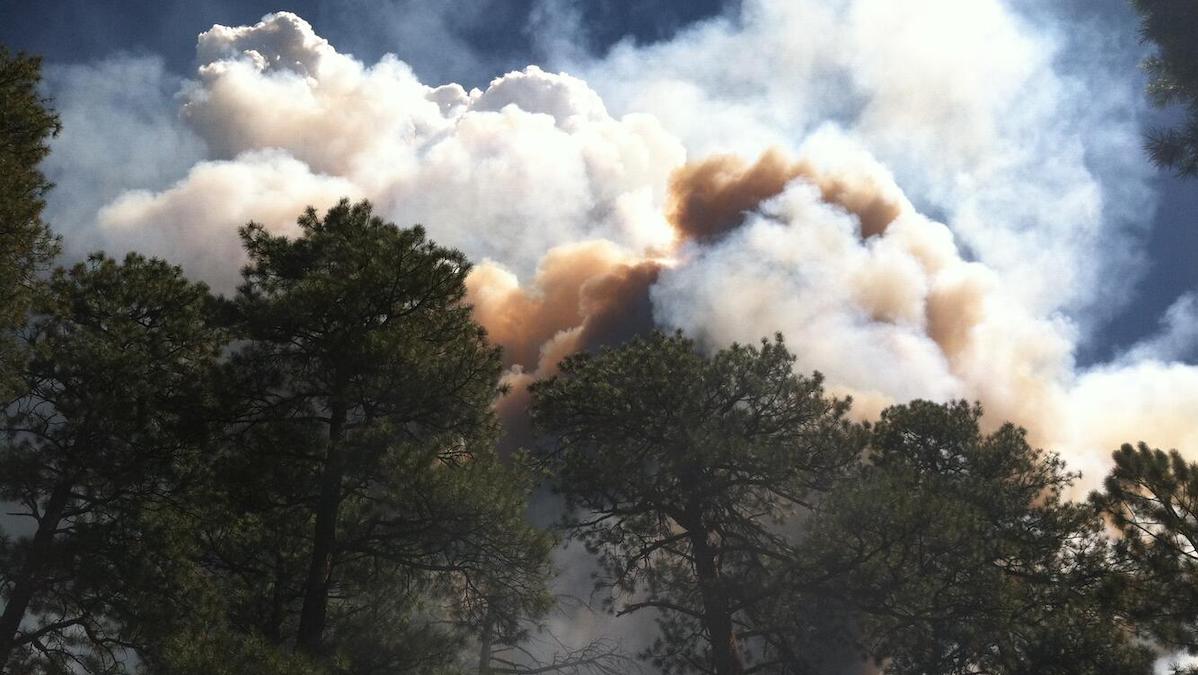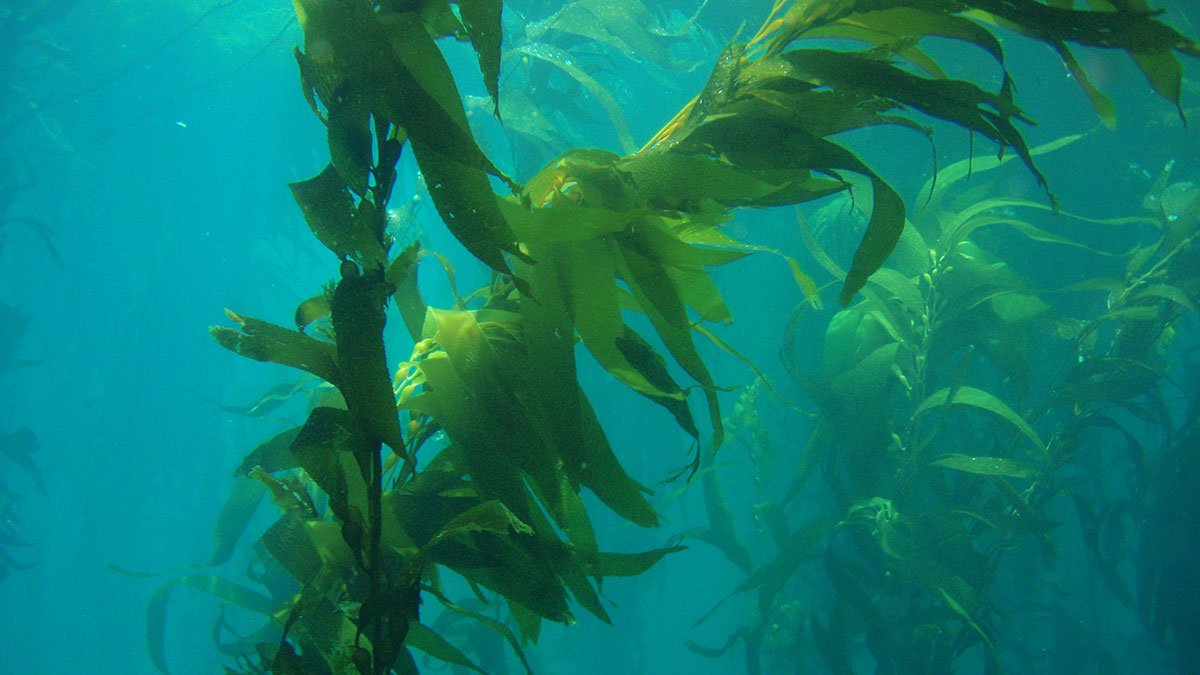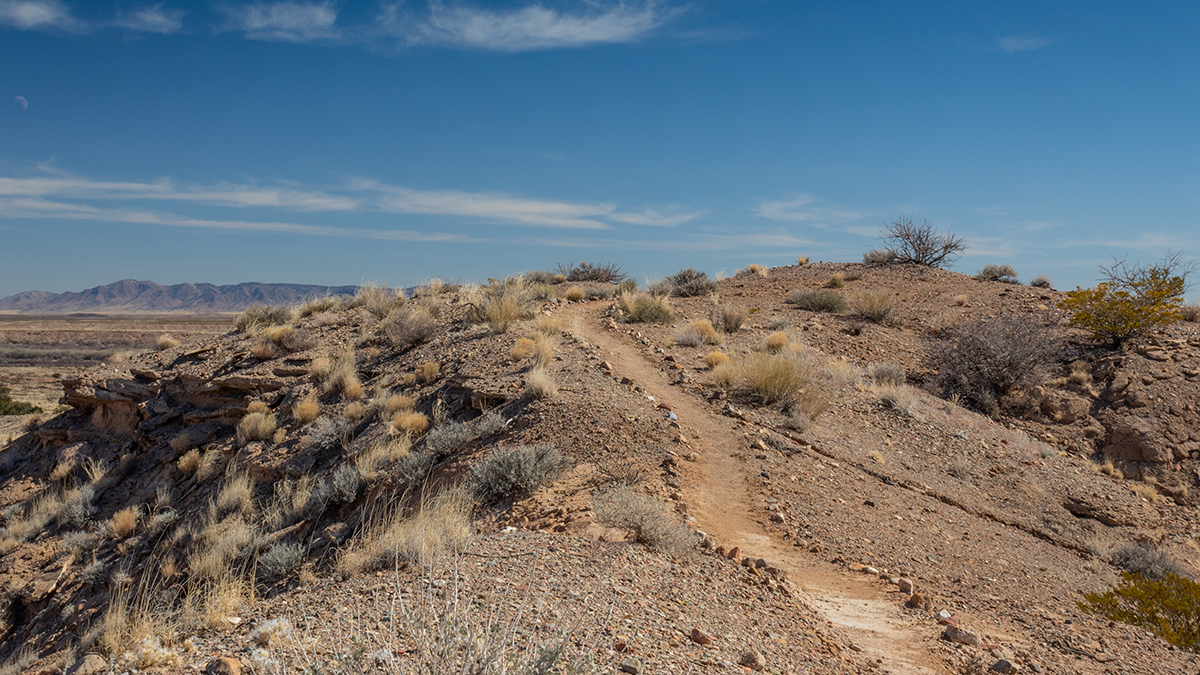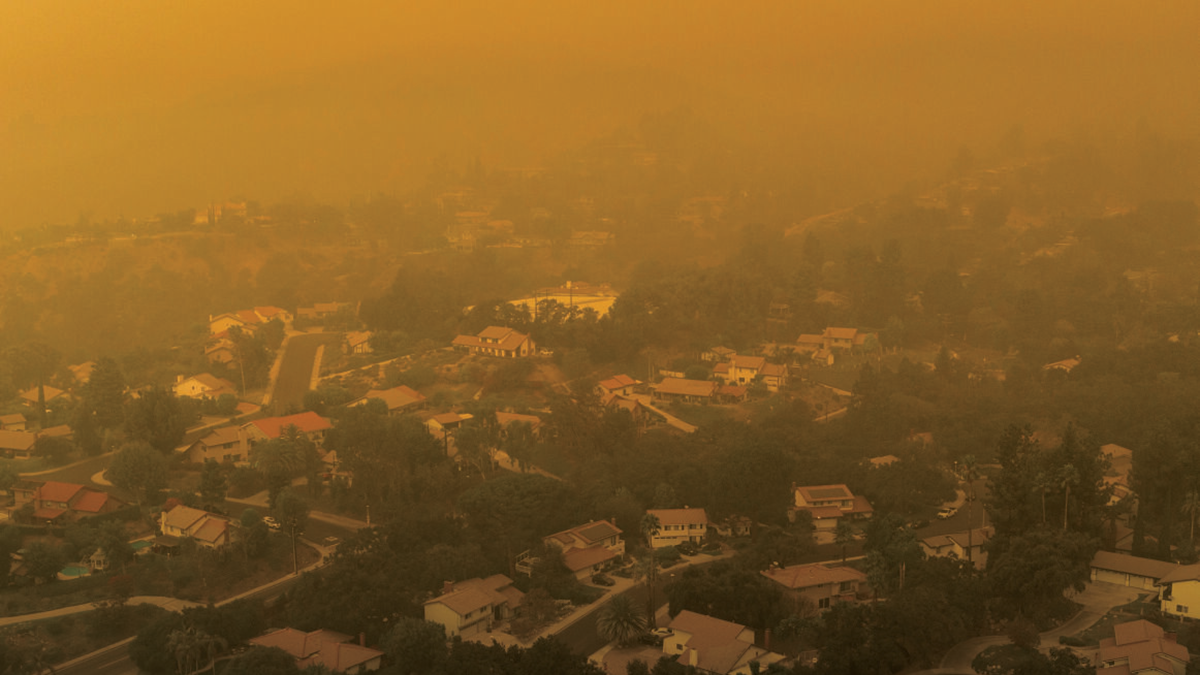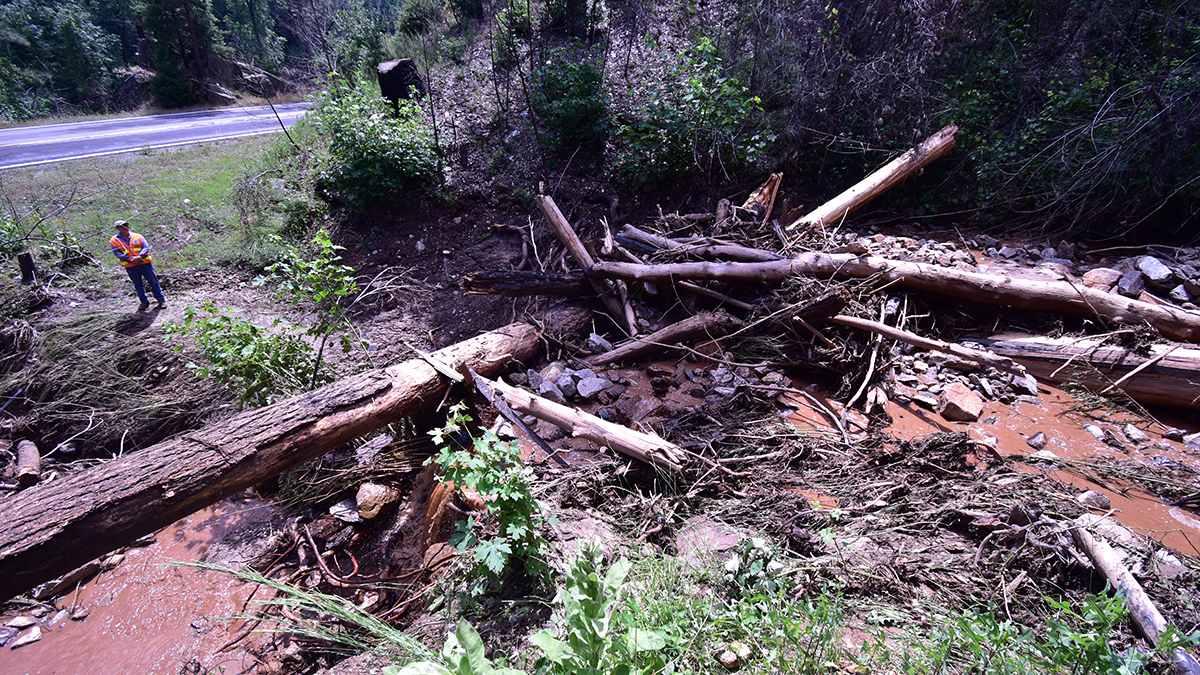A new textbook for undergraduates explores different types of natural hazards and disasters through foundational scientific knowledge, engaging case studies, and mitigation strategies.
wildfires
Forecasters Expect Slow Start to U.S. Wildfire Season
A wet spring in the United States will dampen early fires, but some regions will see elevated risk this summer.
The Crocodile Dundee Site Helping Rewrite the History of Australian Bushfires
A lake made famous by Hollywood has yielded powerful new evidence that humans have conducted controlled burns on the Red Continent for tens of thousands of years.
The Open Ocean, Aerosols, and Every Other Breath You Take
Phytoplankton and other marine plants produce half of Earth’s atmospheric oxygen and have big effects on food webs and climate. To do so, they rely on nutrients from the sky that are hard to quantify.
Pre-Season Wet Soil Produces Fire-Prone Conditions
The SMAP satellite shows that wetter-than-normal soil five months prior to wildfires in the western United States increases fuel availability and fire activity when desiccation occurs.
Cuando los bosques en la tierra arden, los bosques submarinos sienten el impacto
El kelp es un hábitat, un sumidero de carbono y un agente aglomerante en tu helado. Pero estudios recientes muestran que los bosques de kelp en California son afectados por el destino de sus contrapartes sobre tierra.
New Tracers of Wind Erosion Provide Insight into Dryland Vegetation
Rare earth element tracers provide insight into how fire and wind transport influence the vegetation state of the world’s drylands.
The Connections Between Landscape Fires and Your Health
A transdisciplinary reference guide to investigating relationships between biomass burning during landscape fires, the smoke it creates, and the impacts on human health and well-being.
When Forests on Land Burn, Forests Underwater Feel the Impact
Kelp is a habitat, a carbon sink, and a binding agent in your ice cream. But new research shows that California’s kelp forests are affected by the fate of their counterparts on land.
Postfire Debris Flows Strike in a Puzzling Pattern
California geologists are improving their understanding and forecasting of which slopes in wildfire-burned areas might fail during heavy rainstorms.


